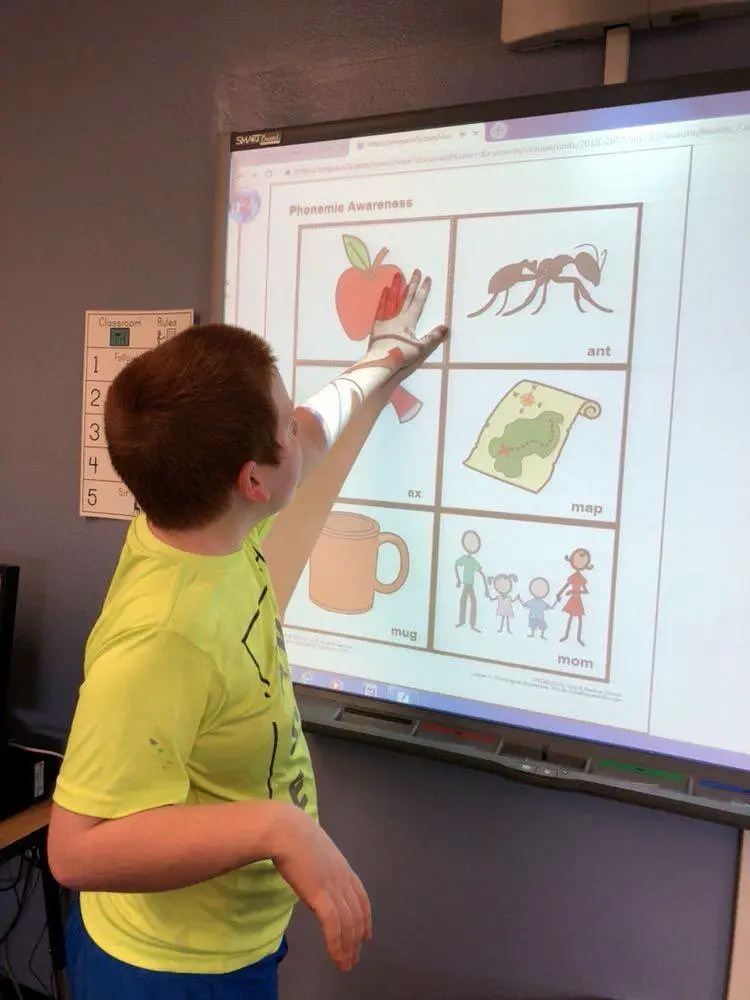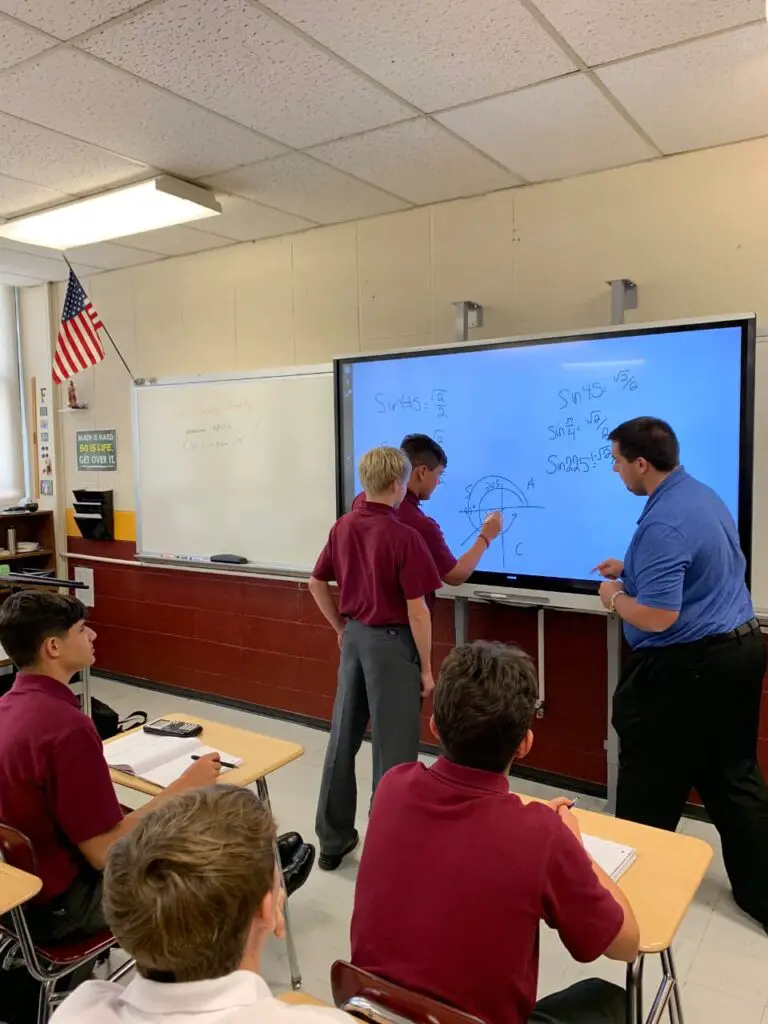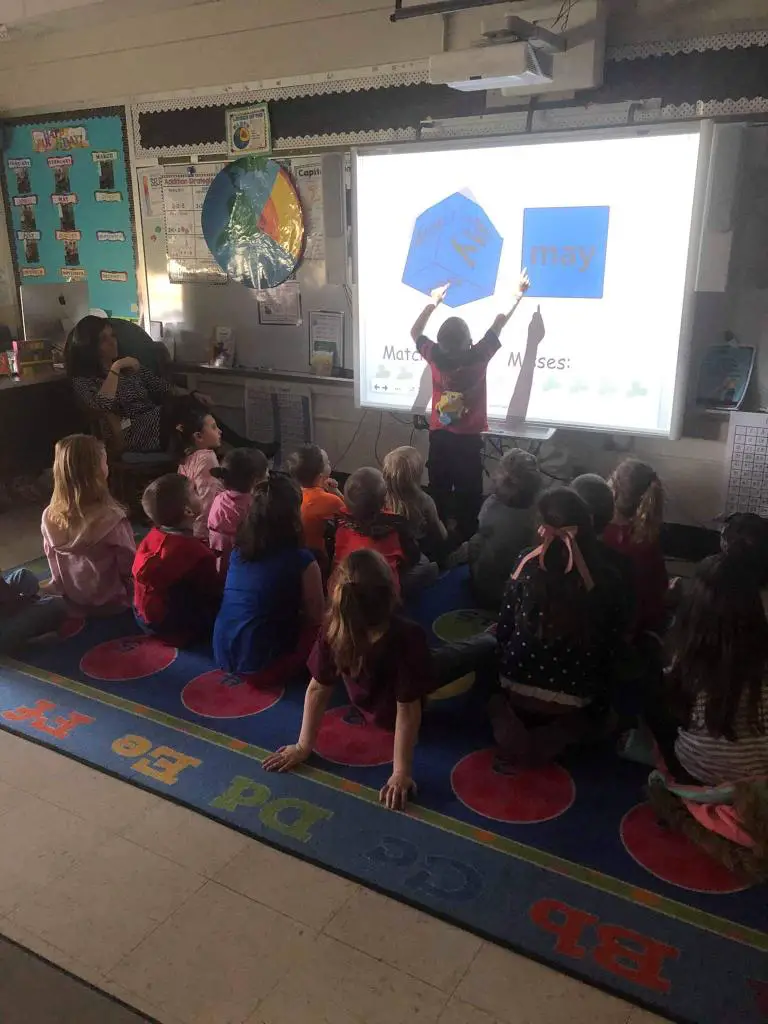In today’s rapidly evolving educational landscape, the integration of technology into the classroom has revolutionized teaching and learning. Among the most significant innovations are smartboards and whiteboards, tools that have transformed traditional teaching methods and brought a new dimension to the educational experience. This article explores how these interactive technologies enhance learning environments, foster engagement, and support diverse teaching methods.
The Evolution of Classroom Tools

Historically, classrooms relied on chalkboards and paper-based materials. While effective, these tools had limitations in terms of interactivity and multimedia integration. The advent of smartboards and whiteboards has marked a significant shift, offering dynamic, interactive, and versatile options for educators and students alike.
Smartboards: A Game-Changer in Education
Smartboards, or interactive whiteboards, are digital displays that allow teachers to present lessons using multimedia content, interactive activities, and real-time feedback. Here’s how smartboards enhance the classroom experience:

- Interactive Learning: Smartboards enable teachers to create interactive lessons where students can engage directly with the content. Features such as touch sensitivity and the ability to manipulate objects on the screen encourage active participation. For example, students can solve problems, draw diagrams, or highlight key information right on the board.
- Multimedia Integration: Smartboards can display videos, animations, and interactive simulations, making complex concepts easier to understand. For subjects like science and history, multimedia resources can bring abstract concepts to life, facilitating a deeper understanding and retention of material.
- Enhanced Collaboration: Many smartboards support collaborative work, allowing multiple students to interact with the board simultaneously. This fosters teamwork and communication skills as students work together on problems, projects, or interactive exercises.
- Immediate Feedback: Teachers can use smartboards to conduct polls, quizzes, and other assessments in real-time. This immediate feedback helps educators gauge student understanding on the spot and adjust their teaching strategies accordingly.
- Accessible Resources: Smartboards can connect to the internet, providing access to a vast array of online resources, educational tools, and up-to-date information. This connectivity allows for the incorporation of current events and real-world examples into lessons.
Whiteboards: Versatility and Clarity
While smartboards offer high-tech features, traditional whiteboards remain a valuable tool in modern classrooms. Their simplicity and effectiveness are complemented by the following benefits:

- Visual Clarity: Whiteboards provide a clear and concise way to present information. Teachers can write, draw, and organize ideas visually, which can be particularly helpful for visual learners. The ability to erase and rewrite makes it easy to adapt lessons based on student needs and feedback.
- Ease of Use: Whiteboards are straightforward and require no technical skills. They are a reliable option for quick notes, brainstorming sessions, and spontaneous explanations. This simplicity makes them accessible to all educators, regardless of their familiarity with technology.
- Cost-Effectiveness: Compared to smartboards, whiteboards are more affordable and have lower maintenance costs. They are also durable and can withstand frequent use in busy classrooms.
- Flexibility in Instruction: Whiteboards can be used in conjunction with other teaching methods, such as direct instruction and group activities. They are ideal for activities that require frequent writing and modification of content.
Blending Technologies for Optimal Learning
The most effective classrooms often integrate both smartboards and whiteboards, leveraging the strengths of each tool to enhance the learning experience. For instance, a teacher might use a smartboard for multimedia presentations and interactive lessons, while utilizing a whiteboard for quick notes and problem-solving exercises. This blended approach ensures that diverse teaching methods are supported and that students benefit from a range of learning styles.
Impact on Student Engagement and Learning
The use of smartboards and whiteboards has been shown to improve student engagement and learning outcomes. Interactive features and multimedia content can capture students’ attention and make lessons more engaging. Additionally, the ability to provide immediate feedback and adjust instruction based on student needs helps create a more responsive and effective learning environment.
Challenges and Considerations
Despite their benefits, there are challenges associated with integrating these technologies into the classroom. Smartboards require regular maintenance and updates, and their effectiveness can be limited by technical issues or lack of training. Whiteboards, while simple, may not offer the same level of interactive engagement as smartboards. Balancing these tools and ensuring that all educators are equipped to use them effectively is crucial for maximizing their impact.
Conclusion
Smartboards and whiteboards have transformed modern classrooms, offering a blend of high-tech interactivity and traditional clarity. By integrating these tools, educators can create dynamic, engaging, and effective learning environments that cater to diverse student needs. As technology continues to advance, the ongoing evolution of classroom tools will further enhance educational experiences, preparing students for success in an increasingly complex world.